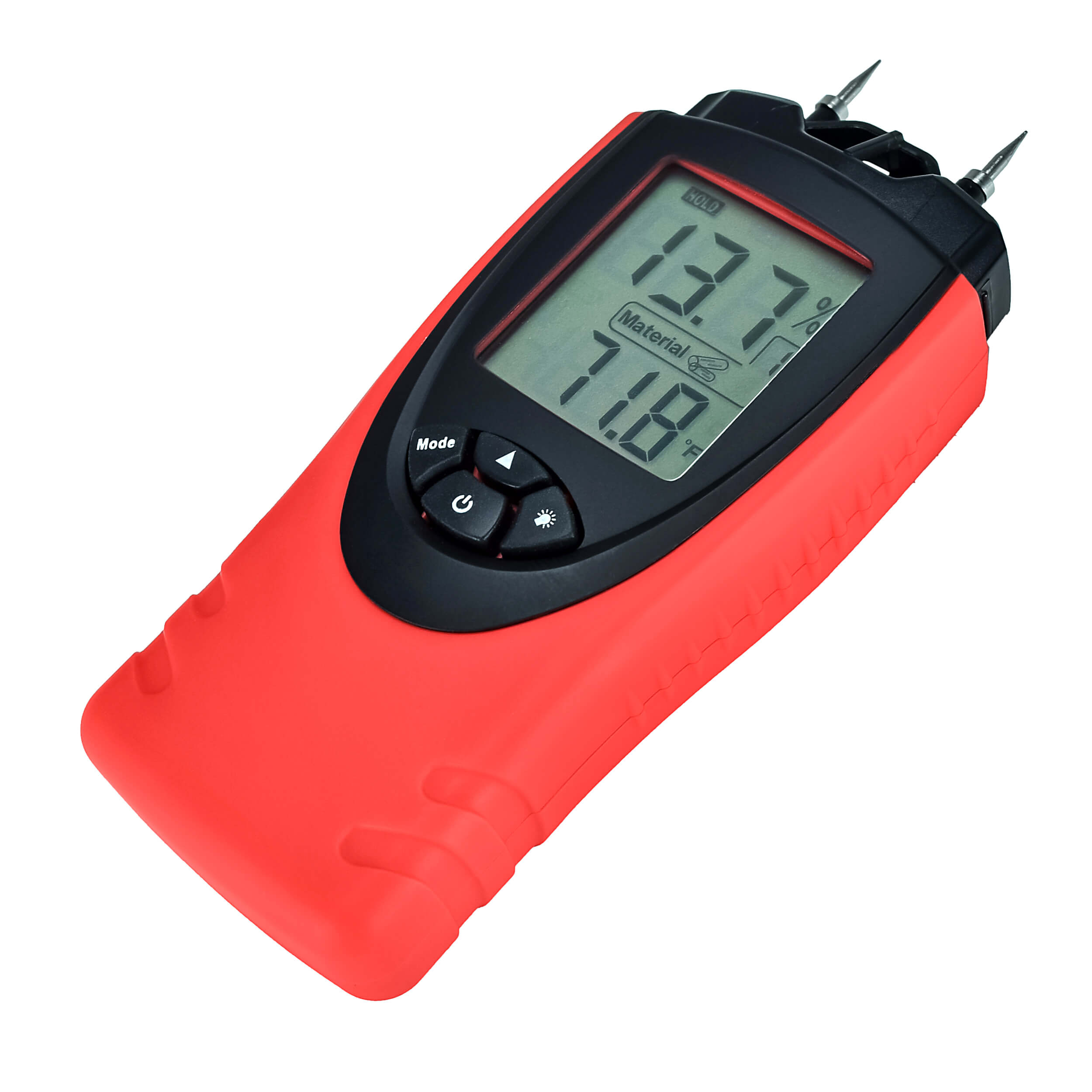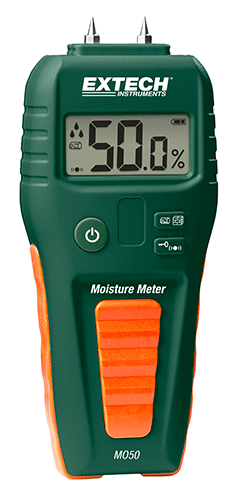Look Into the Globe of Moisture Meters: Whatever You Need to Know
In the world of moisture meters exists a world of precision and usefulness that usually goes undetected. These devices, while seemingly uncomplicated, hold a riches of information that can significantly influence different industries and applications. Understanding just how moisture meters operate, the various types available, and their varied uses can clarify their relevance in making sure quality and performance. By checking out the intricacies of dampness meters, one can uncover a beneficial device that goes beyond mere dimension, providing understandings that can make a substantial distinction in various areas.
How Moisture Meters Work
Moisture meters run by determining the electric conductivity or capacitance of materials to figure out the dampness content existing. These meters are invaluable tools throughout numerous markets, consisting of woodworking, construction, and agriculture. By utilizing different techniques such as pinless or pin-type modern technology, dampness meters provide precise readings that aid specialists make informed decisions.
Pin-type wetness meters function by placing the sharp pins right into the product being examined. The electrical conductivity between the pins is after that determined, with greater wetness degrees bring about boosted conductivity. Moisture Meter. On the other hand, pinless wetness meters utilize electro-magnetic signals to check a larger area without causing any kind of damage to the material's surface. These meters are perfect for rapidly examining wetness levels in large locations or ended up items.
No matter of the approach made use of, wetness meters play a crucial duty in protecting against concerns such as mold growth, architectural damages, or product problems caused by excess moisture. Recognizing exactly how these meters work is essential for ensuring the top quality and stability of materials in numerous applications.
Sorts Of Moisture Meters
Provided the critical duty wetness meters play in various sectors, it is necessary to understand the various types available to specialists for precisely assessing wetness levels - Moisture Meter. There are mostly two major sorts of wetness meters: pin-type and pinless dampness meters

On the other hand, pinless moisture meters utilize electromagnetic sensing unit plates to scan a bigger location of the material without triggering any damages. This type appropriates for rapidly scanning huge areas and is commonly made use of for flooring, wall surfaces, and ceilings. Pinless meters are convenient for taking analyses on finished surface areas without leaving any visible marks.
Both kinds of wetness meters have their advantages and are selected based upon the particular needs of the job handy. Understanding the distinctions in between these types is critical for experts to make exact wetness analyses.
Applications Across Industries
Building professionals depend on dampness meters to assess the pop over to this web-site moisture degrees in building materials like drywall, timber, and concrete, which is essential for preserving architectural stability and preventing concerns like rot or mold and mildew. The flooring industry makes use of dampness meters to measure the moisture material in subfloors before setting up numerous flooring treatments, avoiding costly problems due to excess wetness. In the food sector, moisture meters are utilized to keep track of and control moisture levels in products such as grains, nuts, and dried fruits to preserve freshness and top quality.
Tips for Utilizing Dampness Meters
Make use of the dampness meter's calibration settings to make certain exact analyses when gauging the dampness material in various materials. Additionally, make certain the meter is set to the proper dampness variety for the product you are determining to obtain the most accurate results.
When utilizing a pin-type wetness meter, insert the pins to the ideal deepness advised for the material being checked. This guarantees that the wetness readings are extracted from the right depth within the material, giving a more precise depiction of its these details wetness material. For pinless moisture meters, keep in mind to keep appropriate call with the material's surface to obtain trustworthy analyses.
On a regular basis examine and change the batteries in your dampness meter to avoid unreliable readings due to low power. Shop the meter in a completely dry and secure place when not being used to lengthen its life expectancy and preserve its precision. By adhering to these tips, you can make the most of the efficiency of your wetness meter and acquire exact dampness material dimensions throughout various materials.
Upkeep and Calibration
To guarantee the precision of dampness web content measurements, normal upkeep and calibration of the wetness meter are necessary actions in its proper functioning. Calibration changes the wetness meter to guarantee that it supplies consistent and reliable outcomes.
Calibration must be done periodically, especially if the wetness meter is made use of frequently or in critical applications where specific measurements are needed. By adjusting the wetness and preserving meter consistently, customers can trust the precision of the dampness material measurements obtained.
Final Thought

In final thought, moisture meters play a critical role in numerous industries by properly determining the moisture material of materials. Comprehending exactly how these gadgets function, the different types readily available, and correct upkeep and calibration are important for obtaining trustworthy outcomes. Whether in agriculture, manufacturing, or construction, making use of wetness meters helps guarantee top quality control and performance in processes.

In verdict, dampness meters play a critical role in different markets by properly gauging the wetness material of materials.